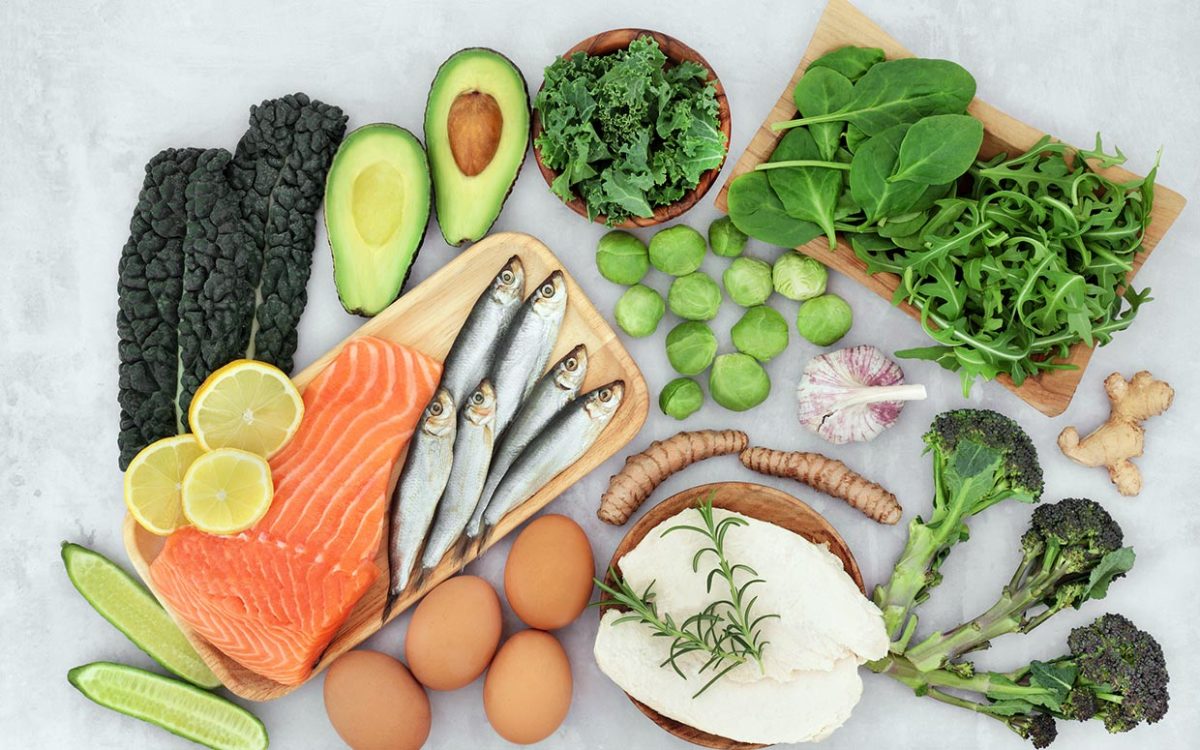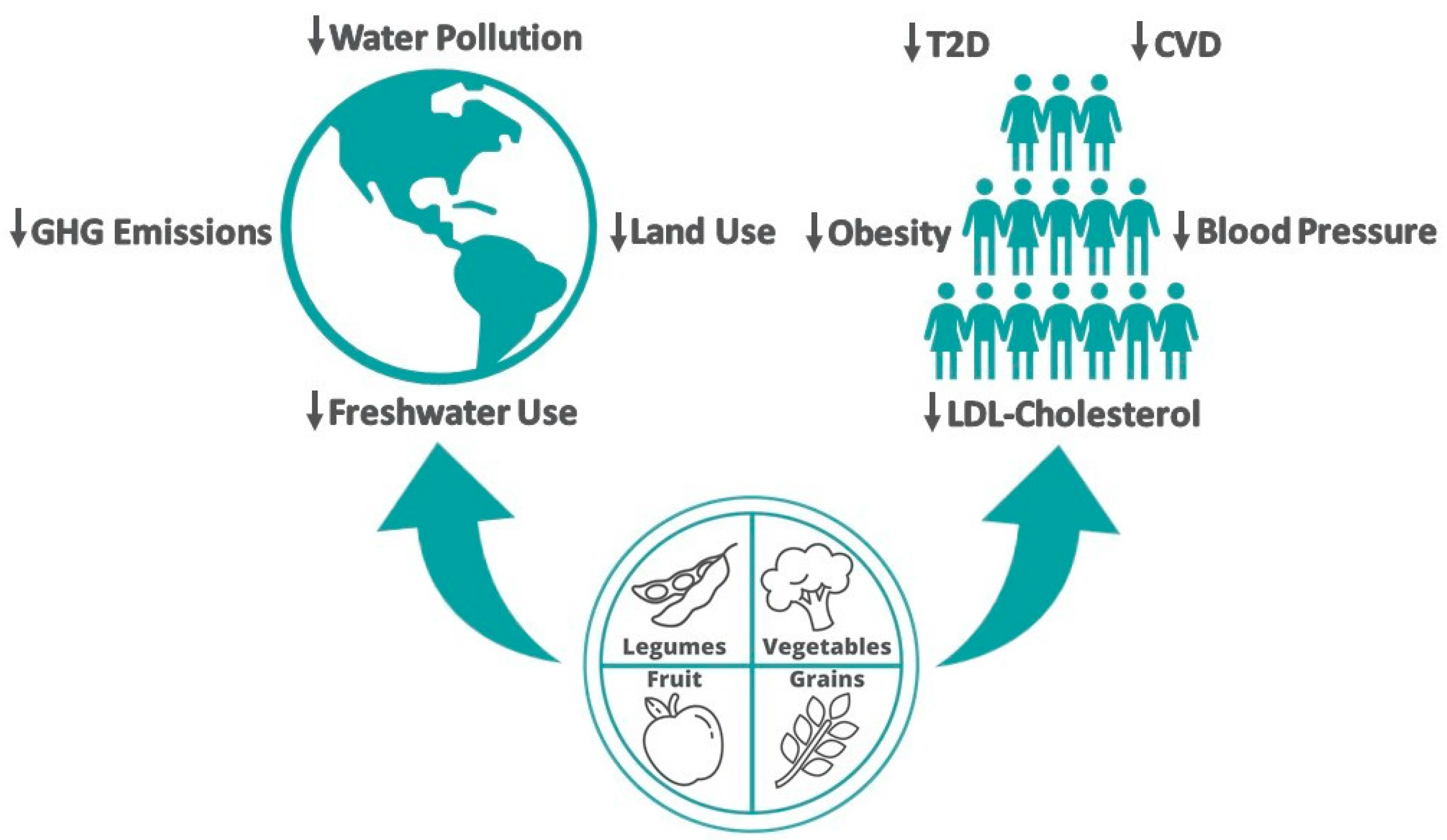
You can create your own vegan salad from a wide range of ingredients. These include fruit, beans, vegetables, tofu, and whole grains. Here are some ideas for your first salad: Chickpea Salad - This plant-based salad begins with a can of chickpeas. This is then combined with other ingredients, such as red peppers, cucumbers, olive oils, and red wine vinigar. This salad is great for lunch and dinner, and it pairs well with pita triangles. This salad is topped with fresh mint and crushed pistachios.
Beans
Beans are an excellent source of protein and can be used in a delicious vegan recipe. These salads can be made quickly with only a few simple ingredients. Can any variety can be used. To make the salad even healthier, you can use low-sodium varieties.

Whole grains
Whole grains make a great addition to any salad. These whole grains are rich in fiber, protein, bulk, and bulk. You can prepare them ahead of your meal and then add them to your final-minute salad. Whole grains can be kept in the fridge for up to seven days.
Fruit
A fruit salad can include a variety of different fruits in different colors. Although tangerines make a good choice, there are other options. Make sure the fruit is fresh, ripe and not too soft. You can also serve fruit salad in a bowl to make them look beautiful. Because each color contains different vitamins, it is important to choose different fruits.
Tofu
There are many options for how to use tofu as a vegetable in a salad. It can be used in the same way as regular eggs, and can also be used to make vegetable wraps and sandwiches. You can also make a dip using it. You can use a tofu press it with heavy objects.
Chickpeas
You can make a vegan tuna salad using canned chickpeas. To make it creamier, add more Vegenaise. You can also add dill pickles, or dill relish. You can also add chopped vegetables. The salad can be served with lettuce or bread. You can also bring it along on a picnic.

Tempeh
Use tempeh as a vegan substitute for chicken in salads is a simple way to add protein to your salad. It can be added to any meal, whether it is smoked or marinated in barbecue sauce. This salad can come with many different ingredients. You can also serve it with different types and flavors of dressing.
FAQ
What are 10 healthy habits you can adopt?
-
Breakfast is a must every day.
-
Don't skip meals.
-
Maintain a balanced diet.
-
Drink lots of water.
-
Take care to your body.
-
Get enough sleep.
-
Avoid junk foods.
-
Do some type of exercise daily.
-
Have fun
-
Find new friends
Do I have to count calories?
It is possible to wonder "what the best diet is for me?" or "is counting calories necessary?" The answer is dependent on many factors like your current state of health, your personal goals, how you prefer to eat, and your overall lifestyle.
The Best Diet for me - Which One Is Right for You?
The best diet is dependent on my current health status, personal goals, preferences, and overall lifestyle. There are many options, both good and bad. Some work well for certain people while others don't. What should I do? How do I make the right choice
These are the questions this article will answer. It begins with an overview of the different diets today. After that, you will learn about the pros and disadvantages of each type. Finally, we'll look into how to choose the best one for you.
Let's look at some of the main types of diets to get started.
Diet Types
There are three main types: low fat, high proteins, and ketogenic. Let's talk about them briefly.
Low Fat Diets
A low-fat diet restricts fat intake. This is achieved by reducing saturated fat intake (butter, cream cheese etc.). You can replace them with unsaturated oils (olive oil and avocados) For those looking to lose weight quickly, a low fat diet is often recommended. This kind of diet could cause constipation or heartburn and other digestive problems. In addition, it may lead to vitamin deficiencies if a person doesn't get enough vitamins from their food.
High Protein Diets
High-protein diets limit carbohydrates and favor proteins. These diets have higher protein levels than other diets. They are meant to help build muscle mass and burn more calories. They may not be able to provide sufficient nutrition for people who need it. They may also be too restrictive and not suitable for everyone.
Ketogenic Diets
These diets are also known under the name keto diets. They are high fat and moderately carbohydrate and protein-rich. They are typically used by athletes and bodybuilders because they allow them to train harder and longer without getting tired. You must adhere to all side effects such nausea, headaches, fatigue.
How can you live your best life every day?
To live a happy life, the first step is to discover what makes you happy. Once you know what makes you happy, you can work backwards from there. You can also ask others how they live their best lives everyday.
You can also read books like "How to Live Your Best Life" by Dr. Wayne Dyer. He talks about finding happiness and fulfillment in all aspects of our lives.
What is the distinction between a calories and a kilogramcalorie?
Calories can be used to measure how much energy is in food. Calories are the unit of measurement. One calorie equals one degree Celsius of energy to heat 1 gram of water.
Kilocalories is another name for calories. Kilocalories can be measured in thousandsths of one calorie. 1000 calories are equal to one kilocalorie.
Statistics
- Extra virgin olive oil may benefit heart health, as people who consume it have a lower risk for dying from heart attacks and strokes according to some evidence (57Trusted Source (healthline.com)
- According to the Physical Activity Guidelines for Americans, we should strive for at least 150 minutes of moderate intensity activity each week (54Trusted Source Smoking, harmful use of drugs, and alcohol abuse can all seriously negatively affect your health. (healthline.com)
- The Dietary Guidelines for Americans recommend keeping added sugar intake below 10% of your daily calorie intake, while the World Health Organization recommends slashing added sugars to 5% or less of your daily calories for optimal health (59Trusted (healthline.com)
- In both adults and children, the intake of free sugars should be reduced to less than 10% of total energy intake. (who.int)
External Links
How To
What does the word "vitamin" mean?
Vitamins are organic compounds that can be found in foods. Vitamins help us absorb nutrients from foods we eat. The body cannot make vitamins; therefore, they must be obtained from food.
There are two types if vitamins: water soluble, and fat soluble. Water-soluble vitamins dissolve quickly in water. Vitamin C,B1(thiamine), B2 (2riboflavin), and B3 (3niacin), as well as vitamin C,B1, B2 (riboflavin), and B3 (niacin), vitamin B6 (pyridoxine), vitamin folic acid (biotin), pantothenic, and choline are examples. Fat soluble vitamins are stored in the liver and fatty tissue. Vitamin D, E, K and A are some examples.
Vitamins are classified based on their biological activity. There are eight major vitamin groups:
-
A - essential for normal growth and maintenance of health.
-
C - essential for proper nerve function, and energy production.
-
D - Vital for healthy bones and teeth
-
E is required for good vision and reproduction.
-
K - Required for healthy nerves and muscles.
-
P - Vital for strong bones and teeth.
-
Q – aids digestion and absorption.
-
R - Red blood cells are made from red blood cells.
The recommended daily allowance (RDA), for vitamins, varies based on gender, age, and physical condition. The U.S. Food and Drug Administration, (FDA), sets the RDA value.
For adults over 19 years, the RDA is 400 mg per day for vitamin A. However, pregnant women need 600 micrograms per day because it is important for fetal development. Children ages 1-8 require 900 micrograms per day. Infants below one year of age need 700 micrograms daily. But, between 9 months to 12 months of age, the amount drops to 500micrograms per days.
Children aged between 1-18 years old who are obese require 800 micrograms per Day, while overweight children need 1000 micrograms every day. Children underweight or obese will require 1200 micrograms a day to meet their nutritional requirements.
Children between 4-8 years of age who have been diagnosed by anemia must consume 2200 micrograms daily of vitamin C.
2000 micrograms is the minimum daily intake for general health in adults older than 50 years. Breastfeeding or pregnant women require 3000 micrograms per daily due to higher nutrient demands.
Adults over 70 require 1500 micrograms each day, since they lose approximately 10% of muscle mass each decade.
Women who are pregnant, nursing or breastfeeding need more than the RDA. Pregnant and breastfeeding women require 4000 micrograms each day during pregnancy and 2500 Micrograms each day after birth. Breastfeeding mothers need 5000 mg per day when breastmilk is being produced.